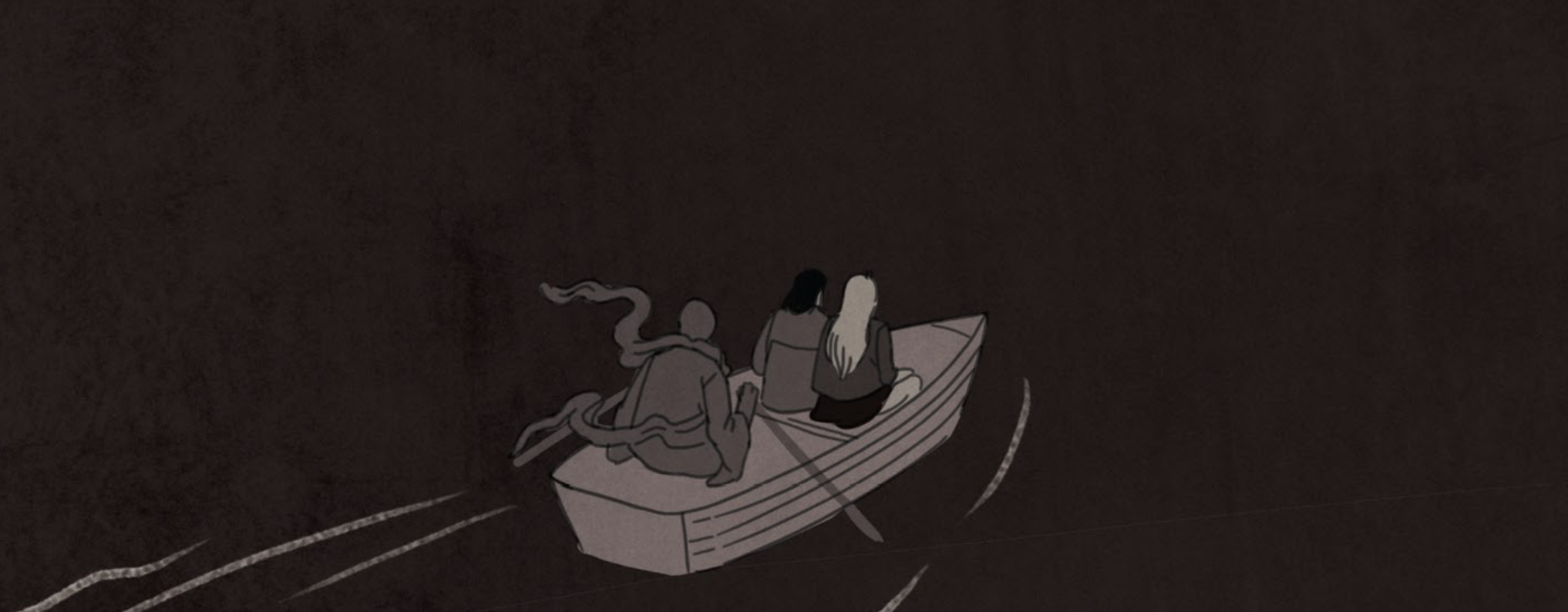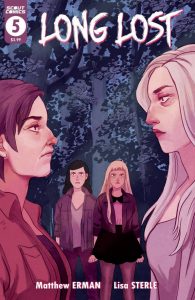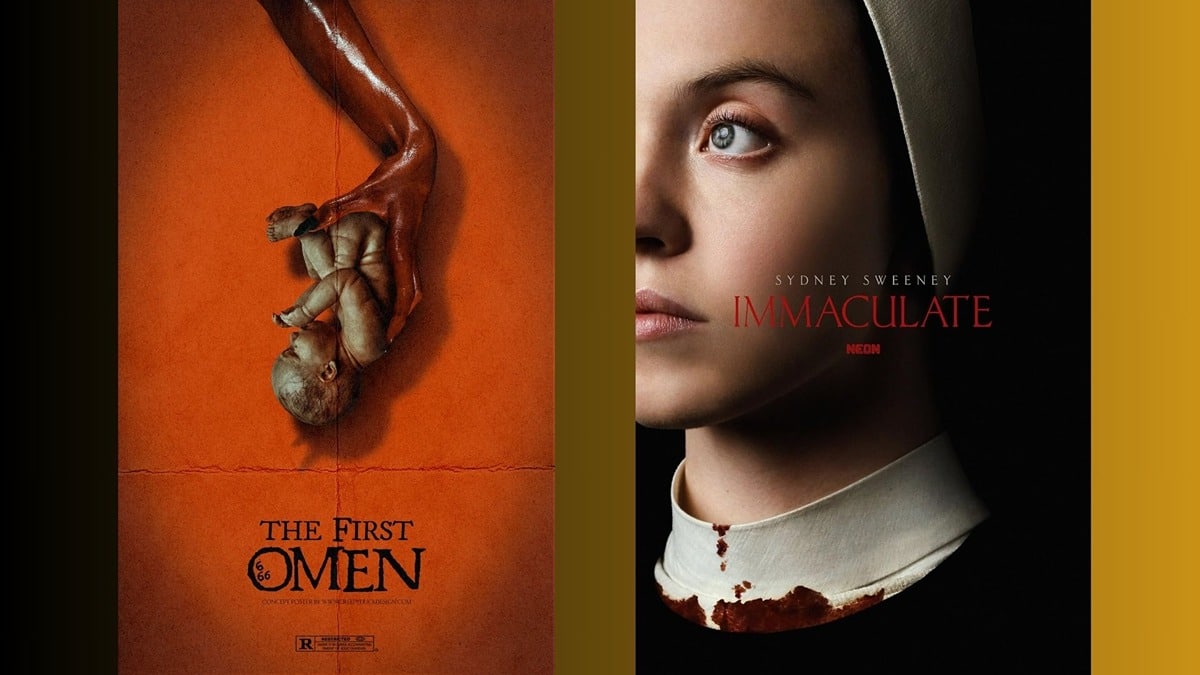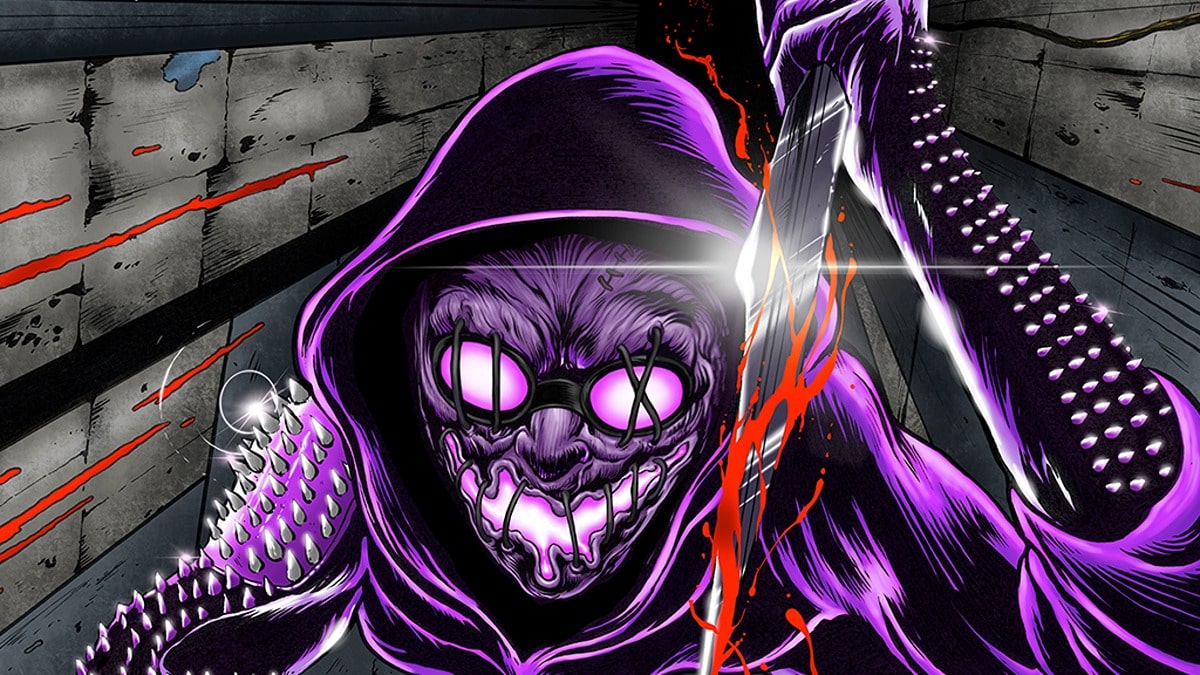Story: Matthew Erman
Art: Lisa Sterle
Published by: Scout Comics
“Between Memory and Home. Between Thought and Void.”
While it’s definitely too cliché to call Long Lost’s mix of family drama, small-town paranoia, and mysterious happenings Twin Peaks-esque, it’s a good starting point for context. Starting simply enough as a part-character study/part-travelogue of two sisters, Piper and Frances, as they seek to gain a sense of what has happened to their seemingly long-dead mother, the comics transforms into a series of misadventures of bad luck (or is it fate?), unforthcoming answers, and otherworldly encounters. Series creators Matthew Erman and Lisa Sterle have been playing the long-game here, and with the arrival fifth issue and—finally—some answers, Long Lost is ramping up towards something significant.
But stepping back a moment, let’s consider this: What makes an effective horror story? Admittedly, horror has never been my favorite genre, but more and more, I’ve been delving into stories that verge on the vagaries of straightforward truth towards more psychologically ambiguous narratives. Horror has the uncanny ability to force introspection into all aspects of its constituent pieces, from its characters, to its readers/views, and, indeed, it’s creators. Since the beginning of its run four issues ago, Long Lost has filled a valuable niche as a horror comic with more a play than just what is on the page.
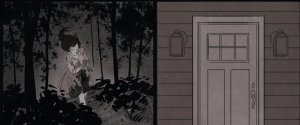
What is most appreciated here, from a storytelling perspective, is that Erman and Sterle have taken their time to develop the central conceit of the story, which is more than cheap scares or gratuitous gore. To be sure, these elements are not present here, at least not in ways that distract the reader. Instead, there is a focus on cultish practices and ethereal demons far more unsettling than blood and guts. There is much creepiness to be found in normalcy, and the comic’s setting of Hazel Patch is an effective hub of ruination. Indeed, Erman’s interest in focusing on the creeping senses of dread and doom in the minutia of rural life strengthen the book in this regard. And with each turn of the page, there is never a clear sense of what may happen next. On the other hand, when events take a turn for the worse and substantial damage to flesh and sanity does occur, it is shocking, unnerving, and utterly gripping.
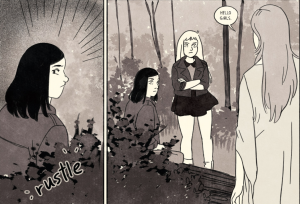
Sterle’s art here is the ideal complement to Erman’s story. It’s never flashy, but it packs a punch when it is unleashed. Since the series began, I’ve been taken with Sterle’s aesthetic choices for the book. There’s definitely a more than a hint of manga influence here, especially in terms of composition and character design. It’s apparent that throughout the books, and especially present in the fifth issue, that going with style helps strike a delicate balance of creating the ability to relate to the characters to show their vulnerability (those large eyes allow easier access to the soul, as it were), their defiance, and, their predicaments in facing unidentified elements from beyond thought and void. It’s solid, charming work.
Let me return to the question I posed earlier: What is it about horror that draws our eyeballs to it? Surely, the anxiety of simply walking out of the house is enough to induce strong reactions of revulsion and fear? But literary horror always has that uncanny capacity to make us turn inward and question the status quo. It allows us to explore the taboo nature of relationships: with family, with nature, with God. With Long Lost #5, readers are starting to get a bigger grasp of the puzzle, but there are still many gaps that don’t seem like they will be solved anytime too soon.
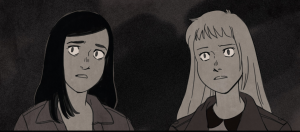
Long Lost #5 will be available on April 4.


